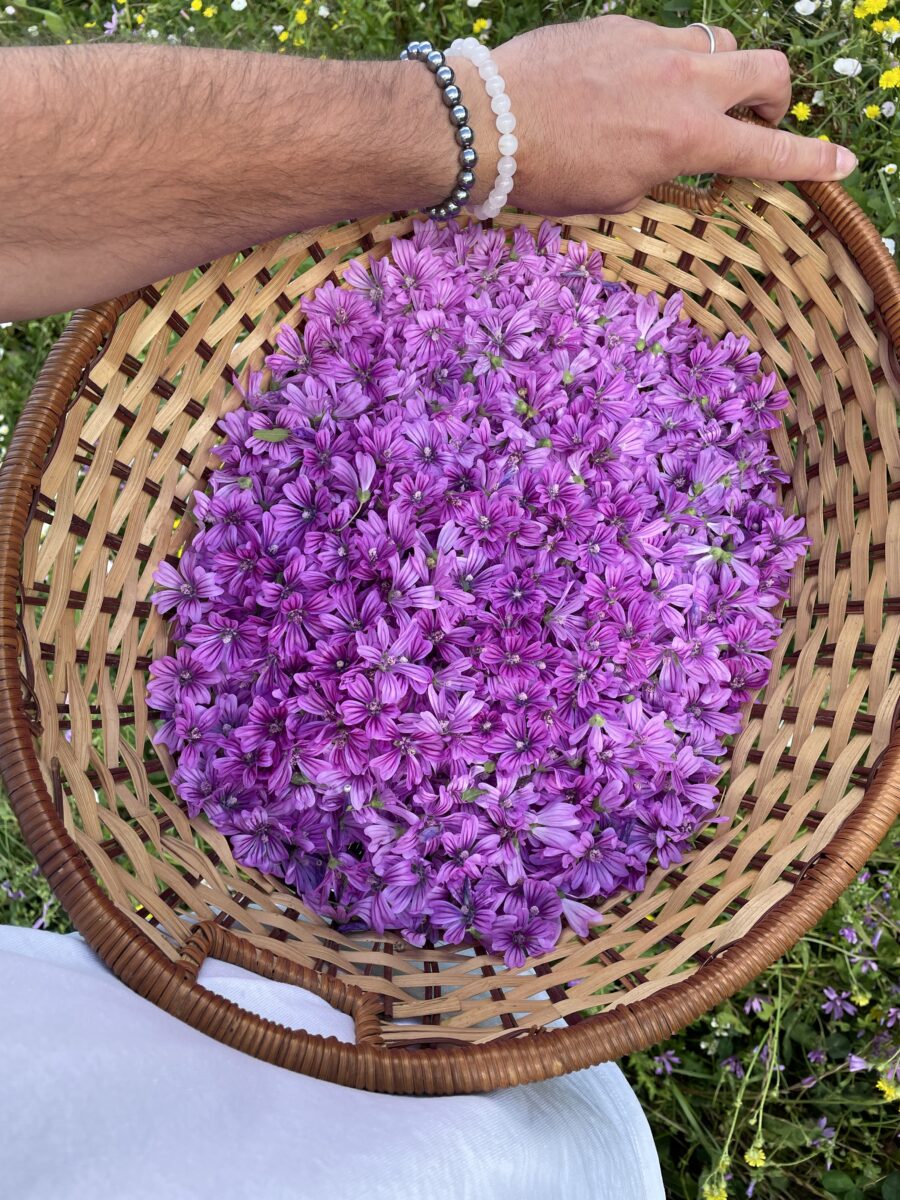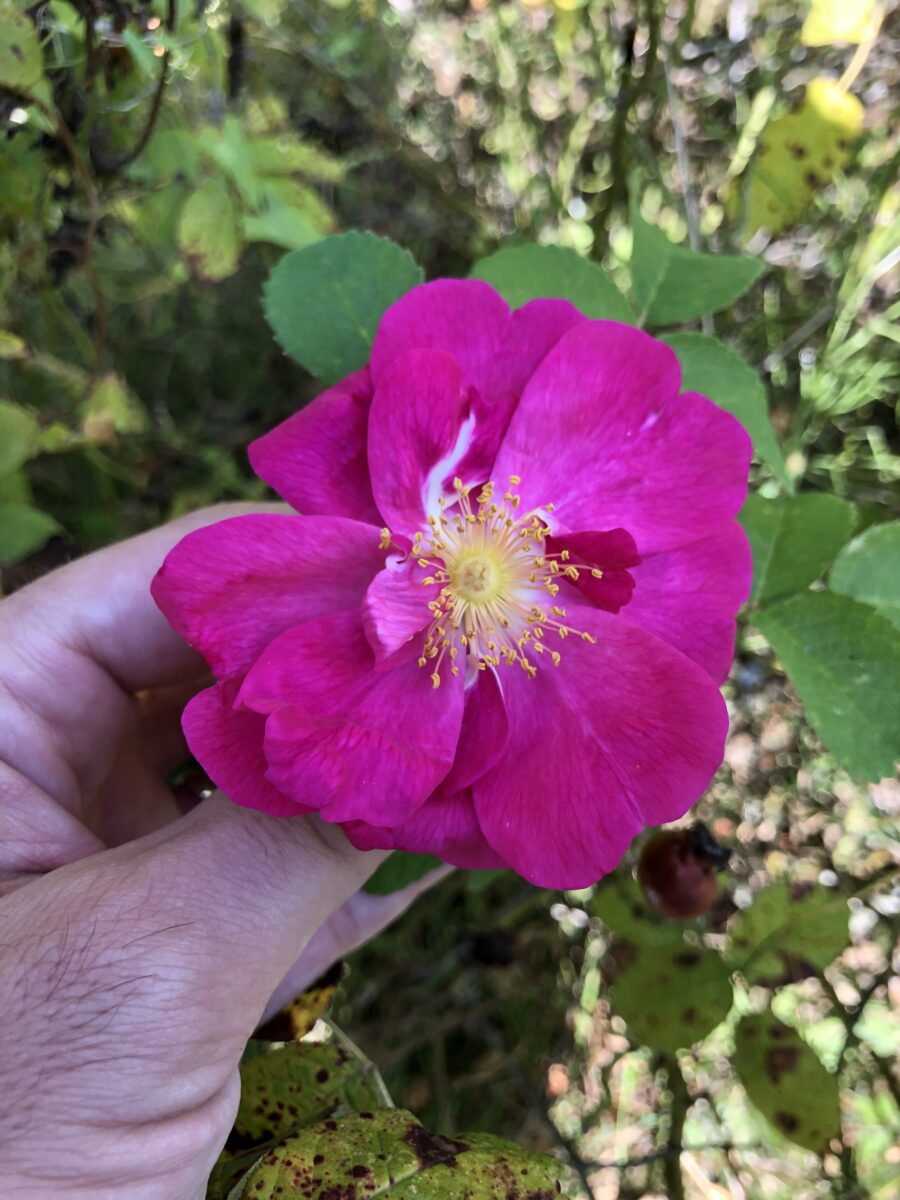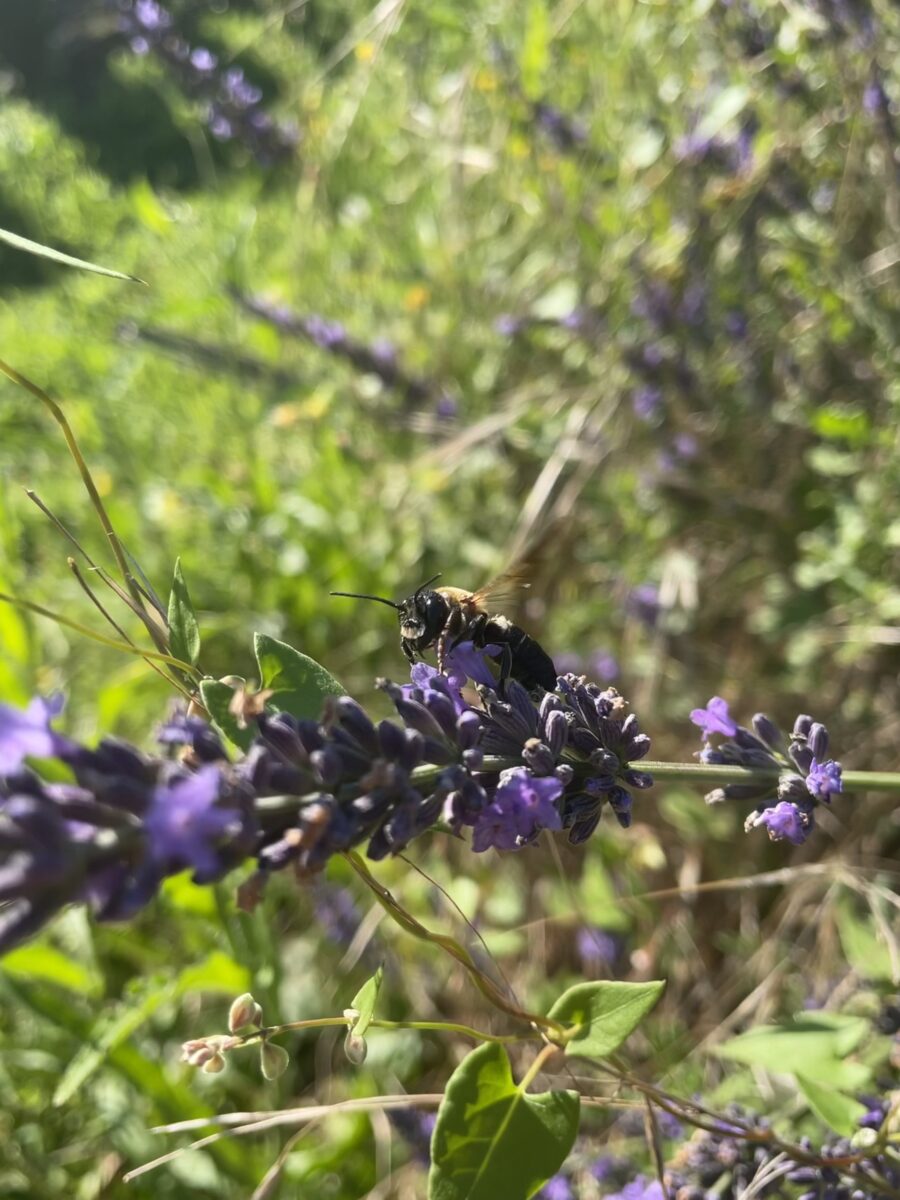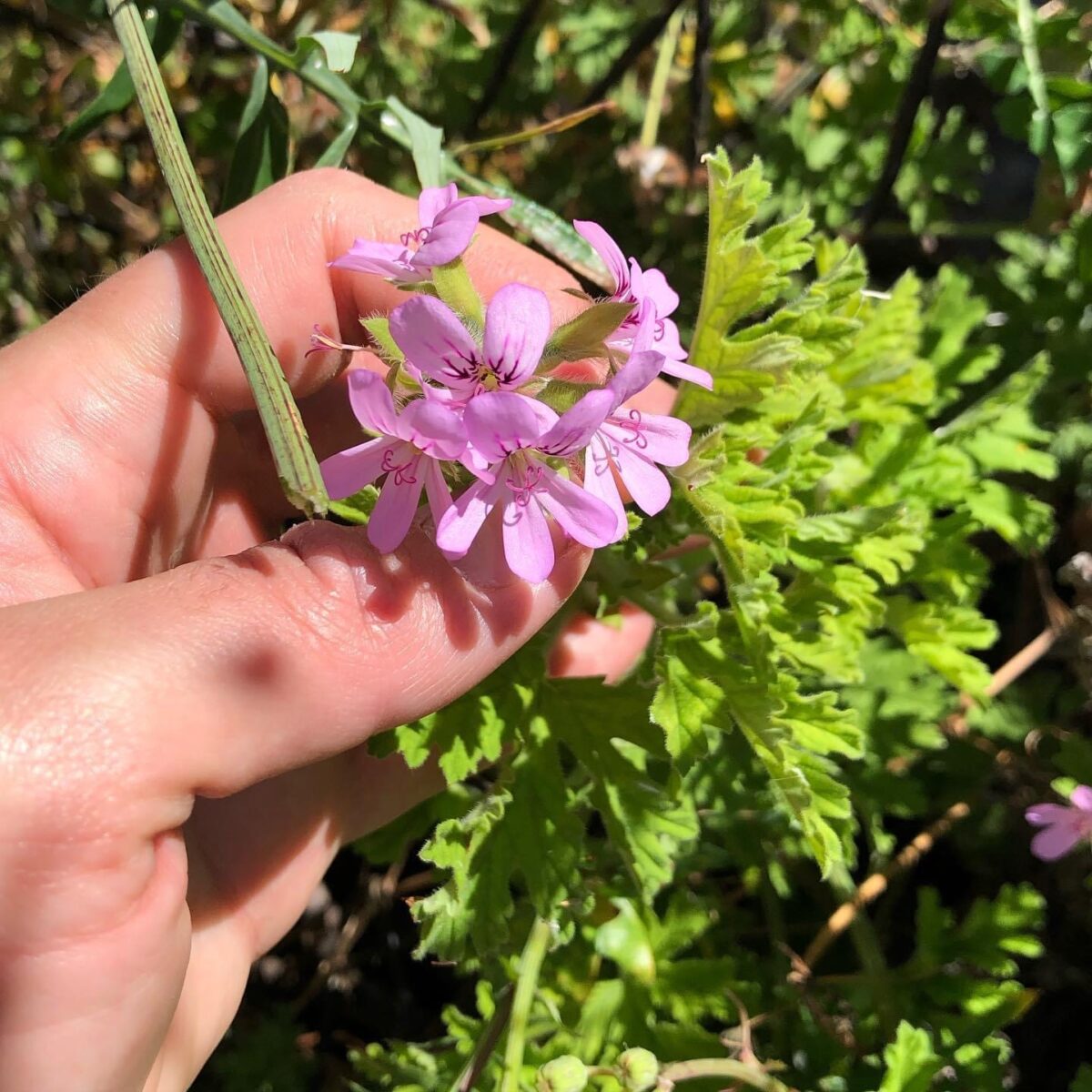A childhood in Provence, fed by the sun and the scents of garrigue, where his first olfactory universe was formed, a passion for tea that led him to try his luck with a major French company, training in the field of perfumes and a diploma in ethnobotany, to end up today with the elaboration of blends for tea houses, each step of Jérémy Tamen’s journey is essential to understand his approach and the multiplicity of projects to which he is linked. Now a tea expert and sensory analyst, he accompanies tea houses and perfume brands with his creations but is also very involved with tea and plant producers. His appointment by UNESCO as a Tea Expert in 2024, after three years as France’s representative for International Tea Day, is testimony to his expertise. He is now working to preserve the know-how of these producers, whom he knows well, while also addressing the ecological challenges of tea production.
Provence
Growing up in Provence is no small thing. It is undoubtedly one of the French regions where the senses are most solicited. The light is intense, the Mediterranean light that has attracted so many painters, Cézanne, Van Gogh, Matisse, or Picasso… The noise, too, of the cicadas in summer and the mistral riding wind from the north, as cold as it is strong, which blows from the Rhone valley towards the Mediterranean. A land of sunshine where smells are multiplied tenfold. When he talks about his childhood, Jérémy Tamen evokes the smell of thyme and rosemary, the scent of lavender or mimosa bouquets, and the smell of the market with its fish stalls. As in any Provencal family, it is with herbal teas that one is cured, thyme tea in particular, a miracle remedy for all small ailments, but also rosemary, passiflora, or hawthorn, simple recipes passed on from generation to generation. Thus, plants, old friends of his provided in abundance by the earth, gradually permeated his childhood unconscious. He would later pay tribute to them in La Lavande, created for La Fleur nue, a young brand dedicated to flowers, in which he would blend lavender, thyme, and hyssop.
Tea, perfume and ethnobotany
Jérémy discovered tea as a child thanks to a classmate, Fleur, and at the age of 17, bought his first tea caddy, a tea scented with flowers and bergamot, in the store of a famous French house whose history and distant horizons linked to the history of tea fascinated him. He returned and discovered new teas until he knew the house’s references at the tip of his fingers…or rather, his taste buds and nose. He decided to make tea his profession by applying. He was accepted and stayed for ten years. These ten years allowed him to develop his vision of tea, which was far from standardization and industrialization and as close as possible to nature. However, he wanted to be independent and decided to complete his knowledge of tea by training in related fields: perfumery at the ISIPCA (the International Institute of Perfumery and Aromatics) and ethnobotany at the University of Lille’s Faculty of Pharmacy. The first training allowed him to enrich his knowledge of raw materials and consider new uses in the field of tea. The second discipline taught him how to set up new botanical chains: to check if a plant is usable and how, if it can be acclimatized and cultivated in a region without harming the environment; if it can have a positive effect on producers if the potential micro-chain can be integrated into the existing regulations. This diploma also allowed him to build a network and open doors, including those of UNESCO.*
It is thus in two closely linked directions that Jérémy Tamen embarks himself once his diplomas in his pocket: on one hand, creation and, on the other hand, work with producers whom he accompanies in the conservation of traditional know-how as well as in the implementation of new channels. He is also dedicated to education, teaching olfaction and tasting to his Master’s students at the Ecole Supérieure des Parfums in Paris, as well as the basics of tea and the art of blending.
As close to nature as possible
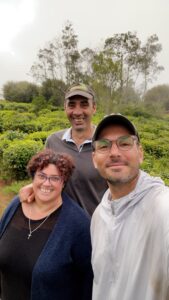
When asked what the key to a successful blend is, the first word that comes is “love”, love of the plant and love of the producer, from which stems a desire to always enhance the products and never distort them. For Jérémy, sourcing is inseparable from creation: finding new plants, understanding their odors and taste qualities, accompanying their rooting in new terroirs with new producers, seeing how they behave, finding the best method for drying them in the shade or the sun, to get the most beautiful expression out of them and then using them in compositions.
“Without the beauty of the product, there is nothing,” he reminds us. When he is not bound by an obligation of confidentiality, he is always keen to highlight the work of producers, without whom these beautiful products giving a soul to his creations would not exist. Then, discover these new uses so that other creators become interested in them.
Storytellers and sensory experiences
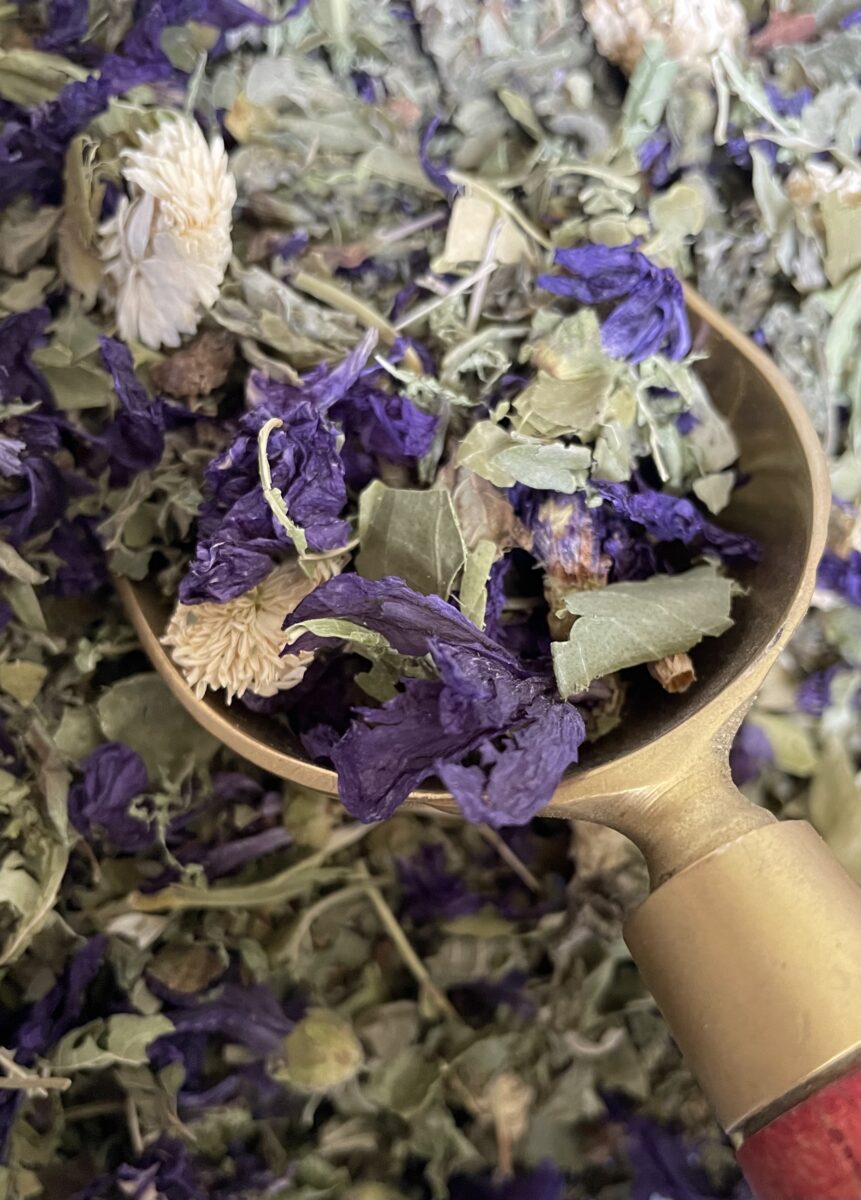
“Many infusions are made without a sensory experience. They are simply meant to ensure sales, or they are grandma’s cure-alls,” explains Jeremy. The path he has chosen is different. The blends he conceives are as varied as the many stories he likes to tell. Consider “Balade sur la Méditerranée” (Ballad on the Mediterranean), an infusion created just after confinement on the theme of freedom for the perfumery house and international professional training center Cinquième sens: “I had transcribed a path that I take when I run in Toulon, a path between the sea and the mountains, with these Mediterranean smells, these smells of citrus fruits that are beginning to bloom,” explains this lover of the Mediterranean nourished by Giono, Pagnol, the two great Provencal writers, but also by Homer. We can’t fail to mention his latest tea, created for the candle and perfume brand Diptyque, with whom he has worked for the last three years to launch their Christmas collections. A black tea inspired by the tradition of the 13 Christmas desserts of his native Provence: dates and dried fruit spiced with pink berries.
He often considers the final olfactory creation when he composes a tea or an infusion. This can be inspired by a memory, a journey, or a plant that becomes a pretext for a creation and for which he will play not only with its smell but also with its texture, like La rose, created for the new brand of infusions La fleur nue, which he wanted to be soft and voluptuous, a bit like a loukoum. Just like a perfumer, he will reconstitute it by playing on the facets of its different components until he finds an olfactory and gustatory harmony. For this, he used rose petals and other plants to obtain this marshmallow texture that gives it all its voluptuousness.
Encounters between cultures
When he travels, Jérémy likes to taste what he doesn’t know. He considers smells without judging them, using his cultural references as sources of inspiration: Vietnamese coffee with condensed milk smelled in an alley in Vietnam, lotus flowers… All these travel experiences feed his creativity and mix as much with his French culture of gastronomy and perfumes as with his Mediterranean roots.
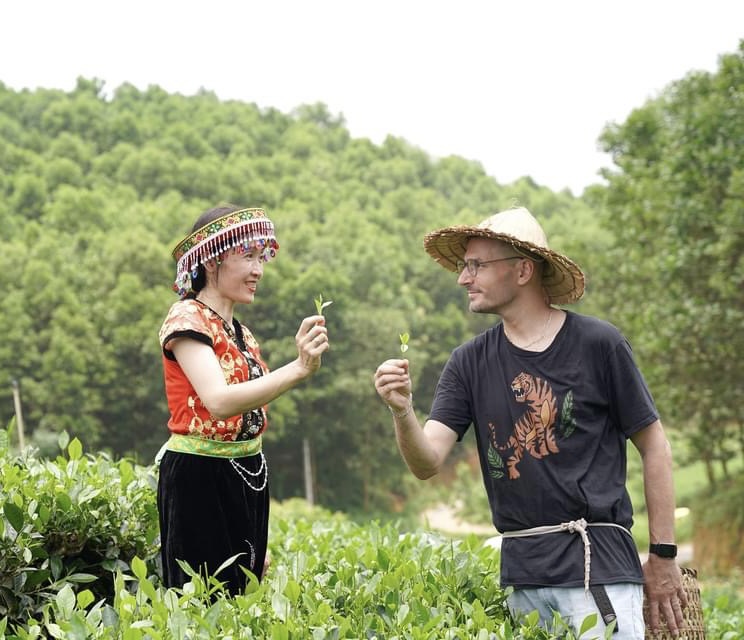
Just like the two infusions created for a Vietnamese tea house in Paris: “Raconte-moi”(Tell me more), mixed very French plants such as geranium Bourbon, rose of Provins, lime and more exotic elements such as goji berry, ginger, “Avec moi” (With me) combined patchouli, cocoa, the memory of coffee smelled in Vietnam and the smell of the earth after a rain mixed with the smell of cocoa beans and roasted coffee. More recently, for La Fleur nue’s La Chamomile, he has brought together two influences that are particularly dear to him, Reunion Island and the Mediterranean, creating a chamomile-rose geranium accord from Reunion Island and Corsican myrtle. Or these ‘unexpected encounters’, a theme developed for the Neoka brand, combining mate with ingredients such as yuzu, cocoa and bergamot.
Jérémy was recently in Kenya and will soon be leaving for Peru, then Taiwan, Japan, and Korea to meet producers. These journeys will undoubtedly inspire new creations at the crossroads of the vast world and Provence.
*UNESCO is the United Nations Educational, Scientific and Cultural Organization. It seeks to build peace through international cooperation in education, science, and culture.
Photos courtesy Jérémy Tamen
Tea Market
Get More Value from Your Tea: BRU Maker One
+41794574278
Jacque's Organics
(647) 804-7263
